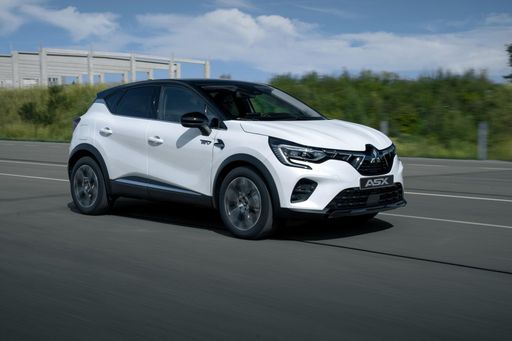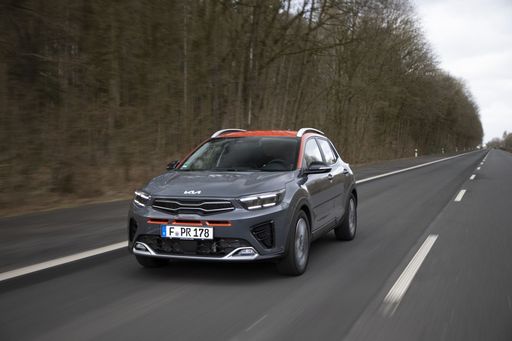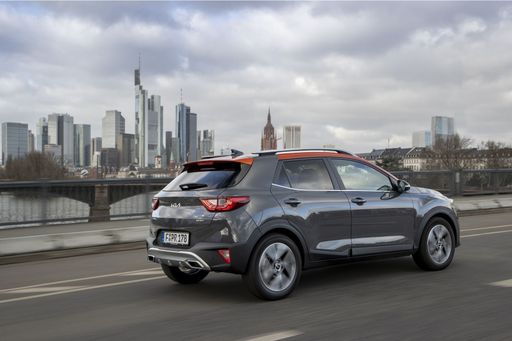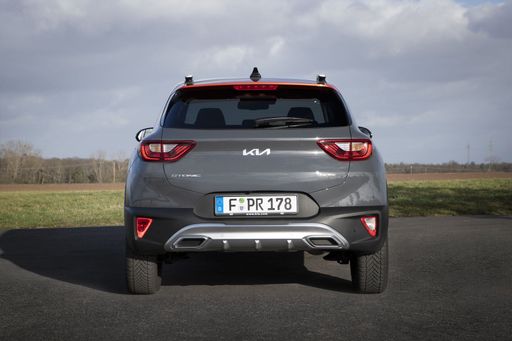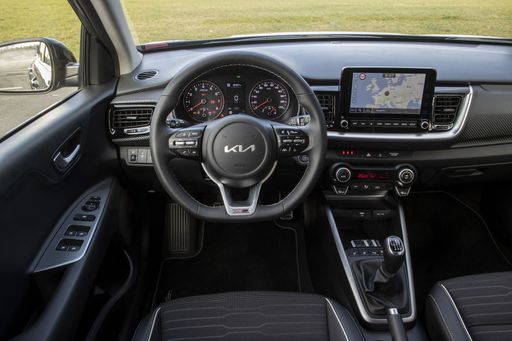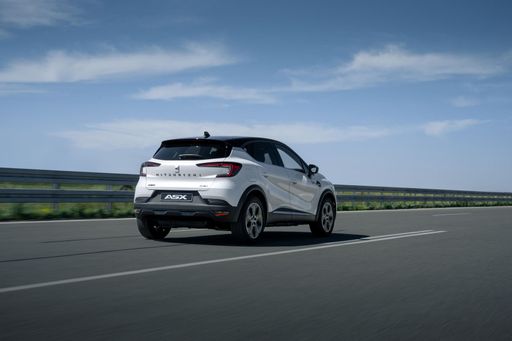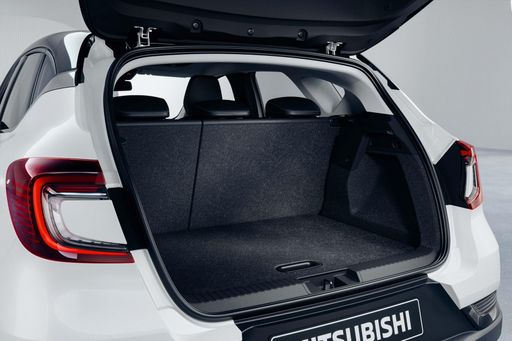Kia Stonic vs Mitsubishi ASX: A Comprehensive Comparison
The compact SUV market has witnessed a surge in popularity, with manufacturers jostling to capture the attention of consumers seeking versatility, style, and innovation. The Kia Stonic and the Mitsubishi ASX are two prominent contenders in this segment, each offering a unique set of features and specifications. In this article, we will delve into the technical aspects and innovations of both models to help you decide which vehicle suits your lifestyle best.

